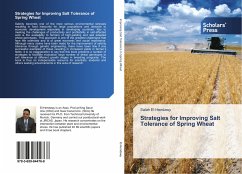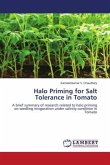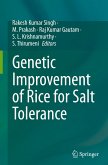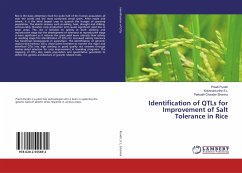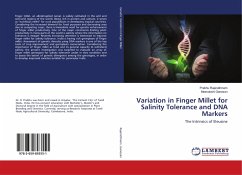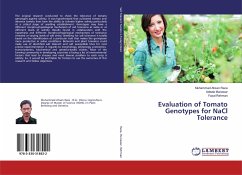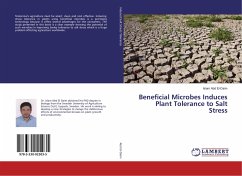Salinity becomes one of the most serious environmental stresses resulting in food insecurity for large populations and obstacle to economic development especially in developing countries. Key to meeting the challenges of productivity and profitability in salt-affected soils is the availability to farmers of high-yielding and well adapted wheat genotypes. This approach is one of the greatest challenges that face the scientists and is of great economic and social importance. Although many claims have been made for the improvement of salinity tolerance through genetic engineering, there have been few if any successful examples of these resulting in increased yields in farmer's fields. It is no exaggeration to say that this book presents a number of strategies to facilitate evaluation large number of wheat genotypes to salt tolerance at different growth stages in breeding programs. The book is thus an indispensable resource for scientists, students and others seeking advancements in this area of research.

